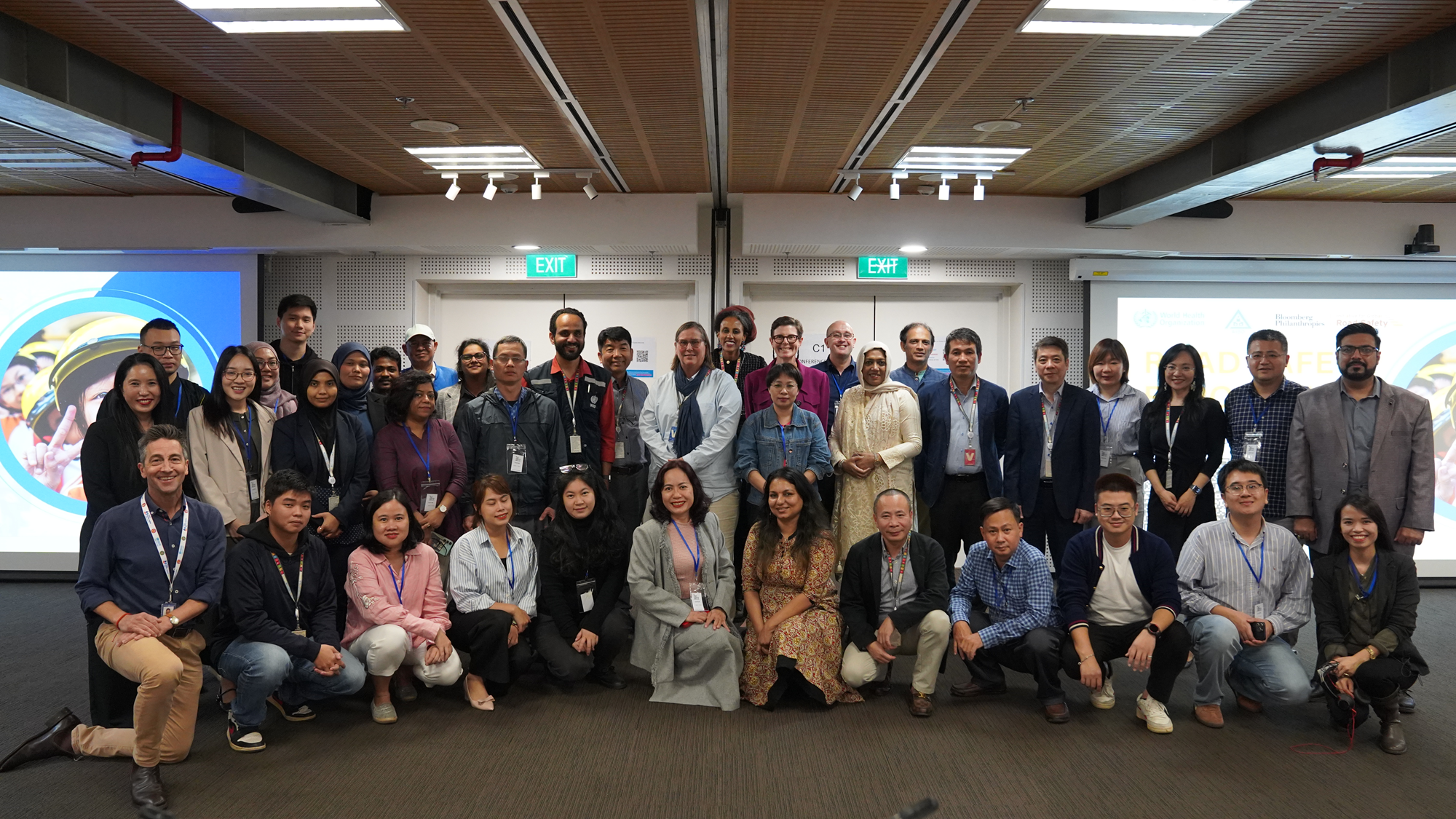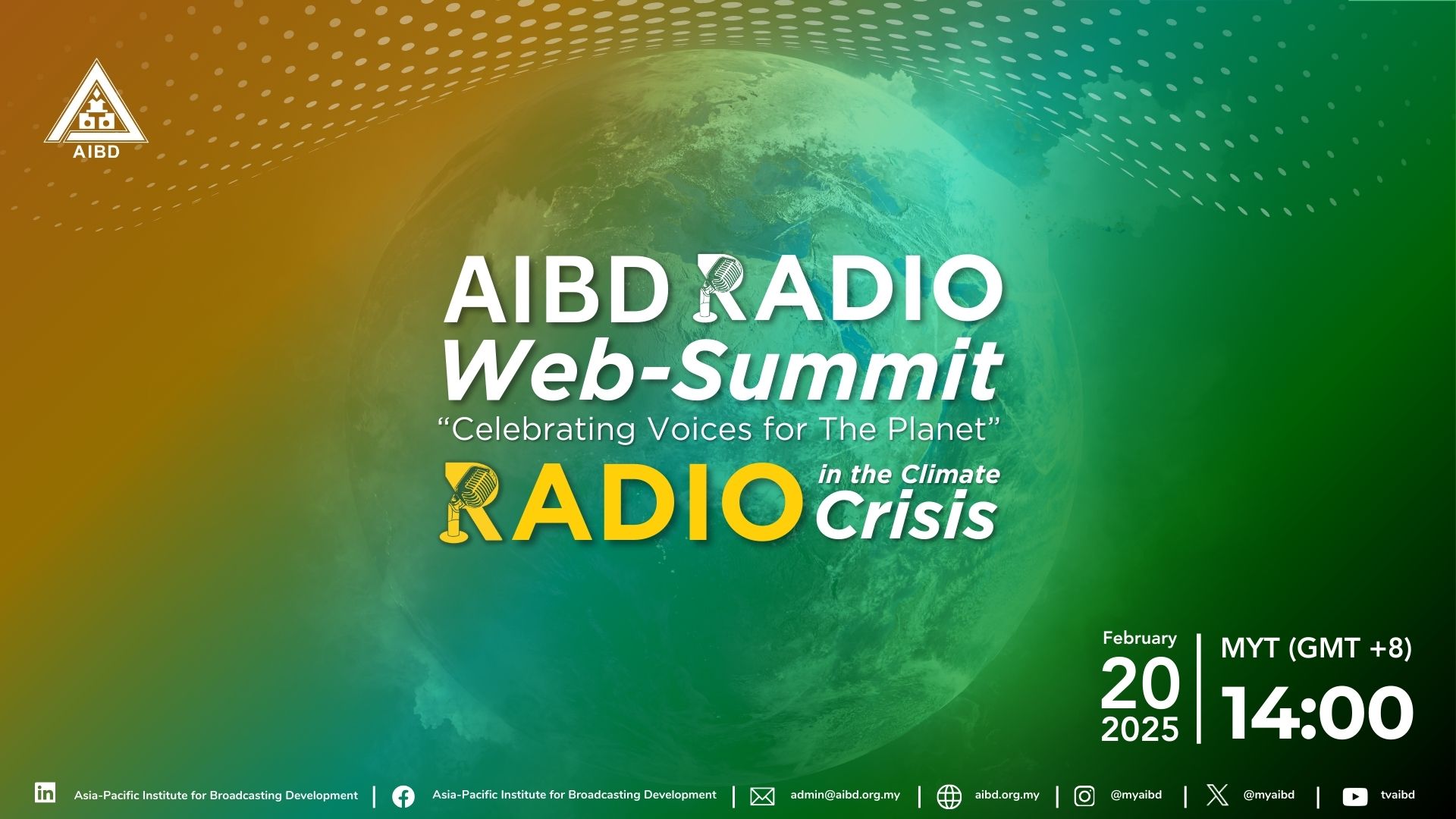
Story telling Techniques
Broadcasters from 19 countries in Asia-Pacific, Europe, and Africa generated a list of storytelling techniques and creative formats critical in dealing with shifting consumer behaviours in today’s multimedia world.
In a workshop on discussing creative content for the global audience during the 3rd International Conference on Broadcast Training in Kuala Lumpur, they said a good story must contain a unique plot and smooth narrative, talented acting, and entertainment values. Some said a story must have human interest and evoke emotions. Others suggested that a good story should be beneficial to the audience, taking into consideration time and duration.

Mr. Steve Ahern, Managing Director of Ahern Media & Training Pty Ltd, Australia chaired the workshop and offered some tips in creating good content.
He encouraged participants who are mostly trainers in the broadcast industry to use pressure as a way to generate good ideas. “Don’t be afraid of failures and mistakes,” he said, stressing that these can lead to better and workable ideas for good programmes.
He also advised them to impose some deadlines in producing creative content, and consider the value of collaboration among workers and a supportive environment for creativity.

“As broadcast trainers, do listen and respond creatively to suggestions. Don’t censor yourself or block others. Equally important is to continue editing, reviewing and rehearsing to produce creative content for a wider audience”,he said.
Mr. Turan Ali, Director of Radio Netherlands Training Centre, and a programme producer for BBC programmes also contributed his own storytelling techniques. He said good story telling must have at least six characteristics. These are:
1. Building tensions as events progress.
2. Posing a central question at the beginning of a story
3. Creating tensions that lead to a climax
4. Using symbols
5. Incorporating a resolution or consequences of the climax
6. Containing a deeper meaning that the audience recognises






